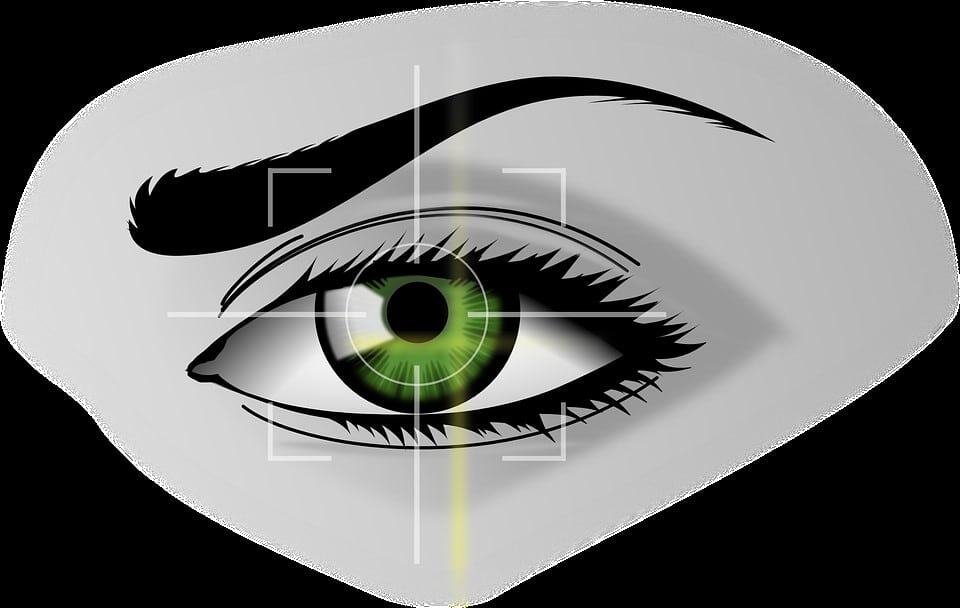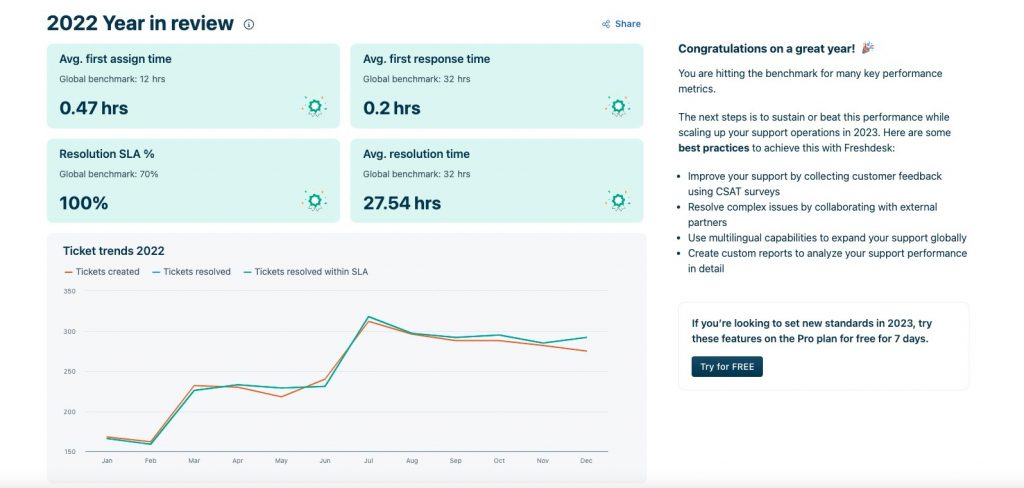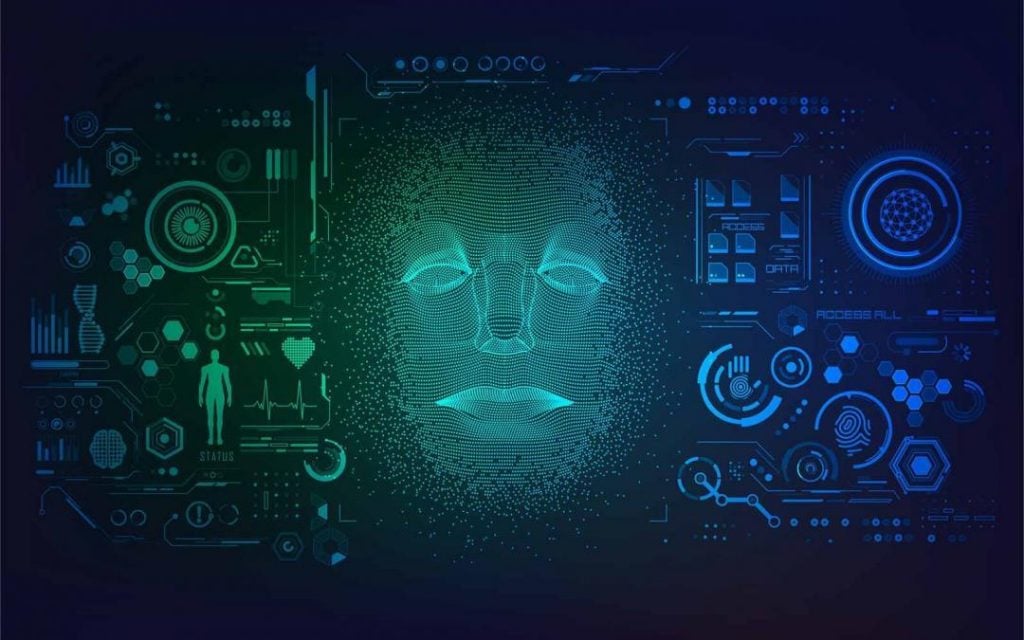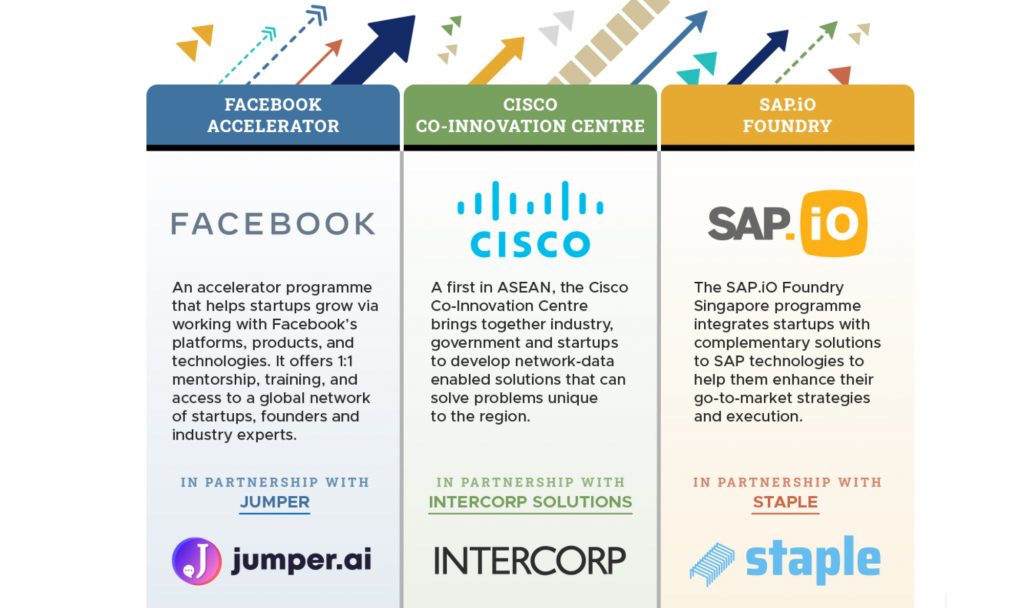The ever-increasing connected world, with the rise of digitization, has led to more security breaches. Biometric authentication becomes the right security option offering accurate validation of identification.
The biometric authentication of individuals allows a range of biometric aspects to be used. Some of the very common aspects are facial recognition, iris recognition, and fingerprint scans. Current security aspects, offered by biometric systems, are effective to heighten the security for office and data. Along with the personal information, the biometric authentication enables the tracking of attendance and time.
Adopting biometrics is the leading boom that will increase the market capitalization of Biometric authentication to $32.73 Billion by 2022. With the security of data and office spaces for enterprises becoming an increasing point of concern, biometric authentication is rapidly advancing towards offering affordable and reliable solutions.
Let us show you how Biometric authentication can make your office and data secure:
-
The accuracy of identification data
Biometric systems are built on new age technology that leads to the generation of more accurate identification data. It not only lowers the risk of security breaches at office spaces but keeps the data secure. Say goodbye to the traditional passwords and smart cards that can be hacked or duplicated very easily. The biologically unique data like fingerprints and Iris are difficult to replicate as these aspects do not change over age also. Neither do these aspects fade over time leading to any confusion of authentication.
-
Quick and Reliable
Biometric authentication tools for office spaces or for desktops is a quick way to set up the desired level of security. Generally speaking, the installation of the equipment’s is a quick process as some portable devices, fiber optic wiring, software download, and simple training makes it possible to make an office area security with immediate effect. Apart from installation, the usage of the entire set up is easy and tamper proof. The authentication data is secured and the process of authentication of employees is just a matter of seconds.
-
Multiple Options
Biometric security systems have come a long way from just fingerprints. As convenient as they are, they offer extreme versatility to the option enterprises can choose for security purposes. The options like Fingerprint, Iris, Face recognition, Retina recognition, hand geometry, voice recognition, signature recognition and now the strangest odour recognition have relived the employees from carrying the ID batches and remembering complex passwords. The biometric authentication will encounter fewer situations of system or password resets to overcome any issues like forgetting the passwords.
-
Low-cost Scalability
As the office space grows or the office shifts due to some reasons, the other types of authentications require a lot of new hardware to be set up. Scalability is no issue for biometric authentication when the office spaces are growing. Whether your count of employee’s increases or your facilities grows in size, it is an adaptable and reliable security measure to keep data and office spaces secure.
-
Profitable due to less database requirement
The biometric security system is not only more secure but also more profitable as the database and its management needs are lesser. As the dependency on a database is less, the changes of the data getting corrupted or forged are also lesser. It helps offices save time, effort and space all the same time.
-
Data cannot be forged
The biometric data, once captured, is kept extremely safe. No one can forge the fingerprints or any biometric data to get access. It is not only convenient but also follows the best practices as compared to the passwords and smart cards to prove the identities.
Also, there cannot be fake requests to modify the biometric data as that would also require for verifying the identity. -
Simpler process
Every now and then enterprises need to update their password policies or smart card ID’s to make sure no one uses the breached data. The biometric data is not complex for an employee. All that employee needs to do is to scan their biometric information which will not change over time. That reduces the need to update complex passwords, the smart cards with security layers and all.
Biometric authentication process takes simply 5 seconds to identify the person. The most common types of biometric authentication used are voice recognition, signature recognition, keystroke recognition, gait, gestures and more. The enhancement in technology has led to the adaption of way different techniques for biometric authentication. This kind of authentication is gaining momentum.
Why Biometric Authentication?
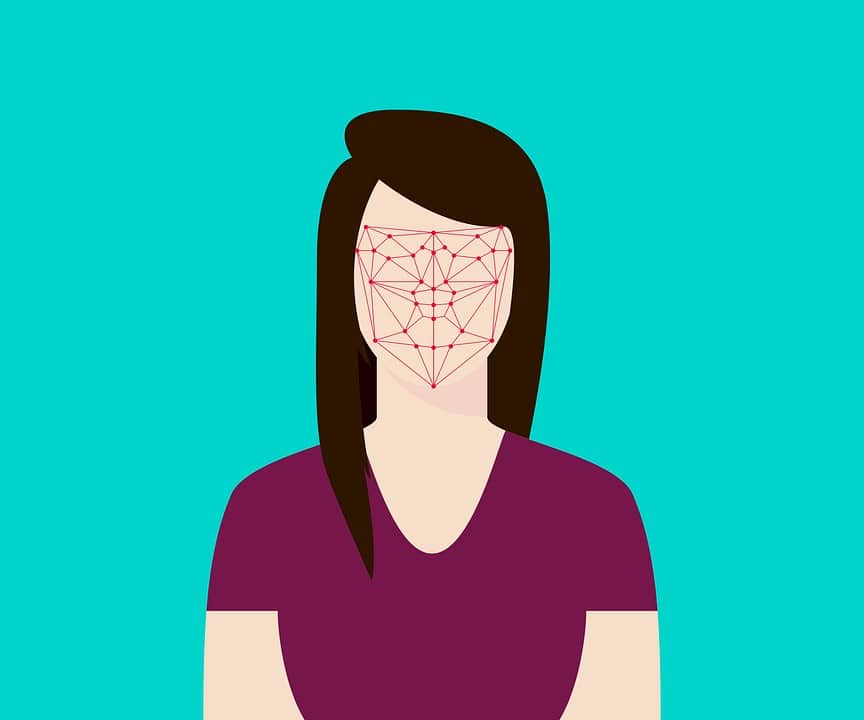
As the IT tools are becoming more precise, biometric authentication becomes more advanced. Biometric authentication is a long-term security solution for most enterprises and data. The versatility and effectiveness of biometric security create and sustain a reliable ecosystem. That promises for businesses to save time, effort and resources while keeping their premises and data secure.
PINS, passwords and smart cards are easy targets for forging identities and security breaches. Fortunately, the biometric data cannot share or manipulate. Using biometrics for authentication leaves a clear audit trail of one’s activities performed.
Now biometric authentication has received an immense amount of traction for enterprise premises and data security. To keep pace with this budding space of technology advancement for security, you need to have a biometrics security specialist to carry out the tasks for you.

